2024
 Humour has always been an integral part of Thai horror, a cinematic genre characterized by its internal hybridity and fluidity. Despite some attempts to align local productions with Western or Japanese horror, the majority of Thai horror films continue to mix scares with laughter, frequently featuring the ‘unholy trinity’ of ghosts, slapstick comedy and the kathoey – a Thai third gender category, often depicted in such productions in terms of the Gothic body that is simultaneously the site of ridicule and fear. This article examines the work of two directors who have embraced this approach – Poj Arnon and Yuthlert Sippapak. While Poj Arnon’s films have often been branded as tasteless and nonsensical, each of his 30-something productions has made a healthy profit, attesting to their popularity. In contrast, Yuthlert Sippapak’s works have baffled audiences at several international festivals and the director himself has been promoted as an inscrutable auteur. This article focuses on two major film series by these directors – Hor Taew Tak by Poj Arnon, and Buppah Rahtree by Yuthlert Sippapak. The article uses these films to illustrate a distinction between Thai horror comedies and Thai popular horror films, arguing that the comic elements are an indispensable part of their Gothic framework and a feature characteristic of Thai popular horror film in general.
Humour has always been an integral part of Thai horror, a cinematic genre characterized by its internal hybridity and fluidity. Despite some attempts to align local productions with Western or Japanese horror, the majority of Thai horror films continue to mix scares with laughter, frequently featuring the ‘unholy trinity’ of ghosts, slapstick comedy and the kathoey – a Thai third gender category, often depicted in such productions in terms of the Gothic body that is simultaneously the site of ridicule and fear. This article examines the work of two directors who have embraced this approach – Poj Arnon and Yuthlert Sippapak. While Poj Arnon’s films have often been branded as tasteless and nonsensical, each of his 30-something productions has made a healthy profit, attesting to their popularity. In contrast, Yuthlert Sippapak’s works have baffled audiences at several international festivals and the director himself has been promoted as an inscrutable auteur. This article focuses on two major film series by these directors – Hor Taew Tak by Poj Arnon, and Buppah Rahtree by Yuthlert Sippapak. The article uses these films to illustrate a distinction between Thai horror comedies and Thai popular horror films, arguing that the comic elements are an indispensable part of their Gothic framework and a feature characteristic of Thai popular horror film in general.
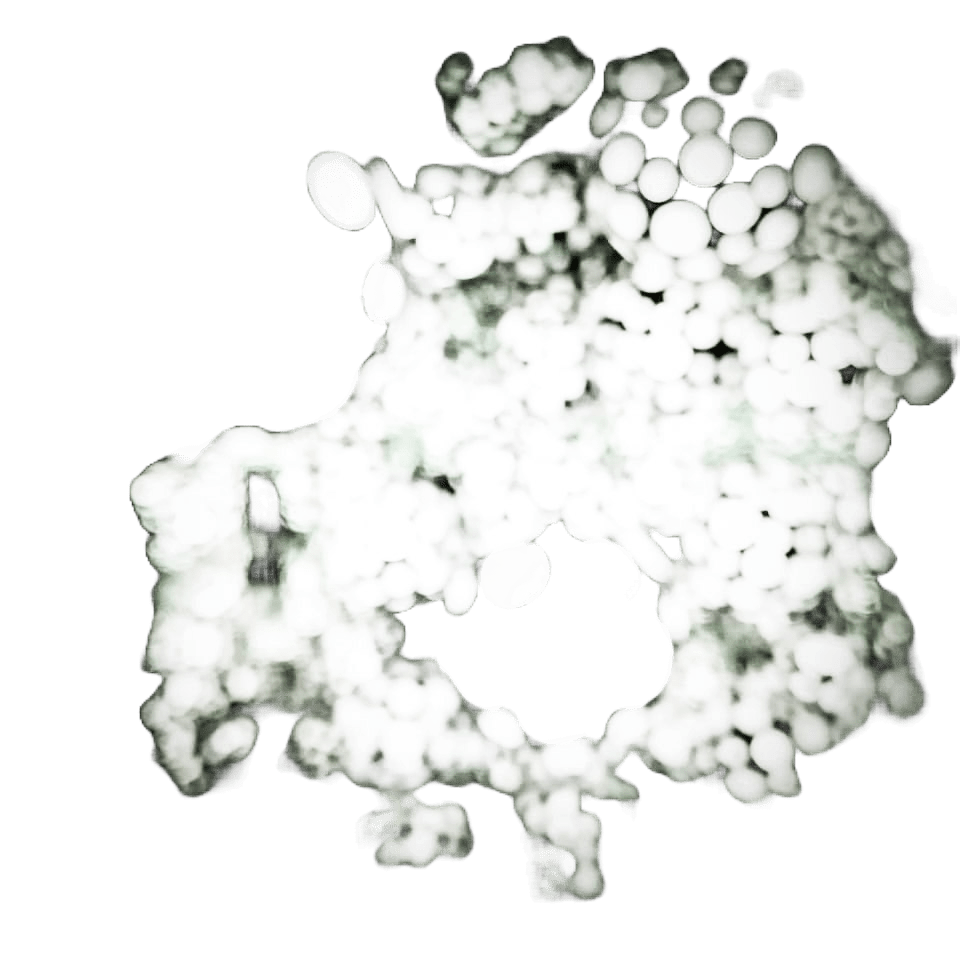
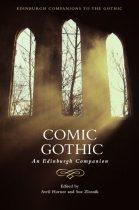
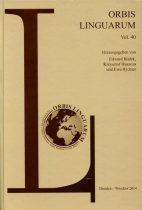
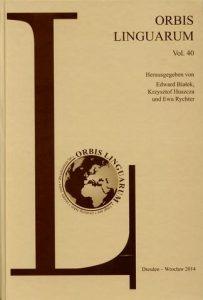 This article argues that the negative portrayal of medical professionals in contemporary Thai horror is to a certain extent reminiscent of the tensions between the official and popular attitudes to Western bio-medicine and Traditional Thai Medicine (TTM) in Thai society. The article argues that medical doctors, together with other members of the professional community, such as for instance architects, or journalists, represent a relatively high level in the Thai social hierarchy which can be openly criticized without much fear that the films will be cut by censors. Last but not least, the article will look in more detail on Paween Purijitpanya’s debut feature The Body #19 (2006). Set within the less-than-glamorous world of medical professionals, the film toys with the concept of the mental disease (schizophrenia), which in traditional Thai folk medicine has consequently been attributed to spiritual possession. This dual spiritual/medical nature of the mental disease in Thai popular perception, has allowed the filmmakers to create a film that can be seen as simultaneously repeating and breaking the established Thai horror formulas. At the same time, while directing our attention to the notion of disease, the film offers an interesting, though subtle representation of the disintegration of the traditional hierarchical Thai society and its values.
This article argues that the negative portrayal of medical professionals in contemporary Thai horror is to a certain extent reminiscent of the tensions between the official and popular attitudes to Western bio-medicine and Traditional Thai Medicine (TTM) in Thai society. The article argues that medical doctors, together with other members of the professional community, such as for instance architects, or journalists, represent a relatively high level in the Thai social hierarchy which can be openly criticized without much fear that the films will be cut by censors. Last but not least, the article will look in more detail on Paween Purijitpanya’s debut feature The Body #19 (2006). Set within the less-than-glamorous world of medical professionals, the film toys with the concept of the mental disease (schizophrenia), which in traditional Thai folk medicine has consequently been attributed to spiritual possession. This dual spiritual/medical nature of the mental disease in Thai popular perception, has allowed the filmmakers to create a film that can be seen as simultaneously repeating and breaking the established Thai horror formulas. At the same time, while directing our attention to the notion of disease, the film offers an interesting, though subtle representation of the disintegration of the traditional hierarchical Thai society and its values.
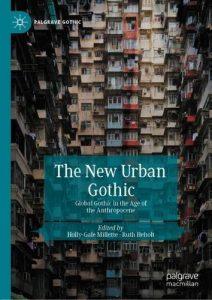 The chapter looks at three distinct themes in what we could loosely term Asian ‘apartment horror’ films that are characteristic of the specific sociocultural contexts and urban cultural economies they represent: (1) the portrayal of the contiguous community where ghosts co-habit the space alongside the living; (2) the alienating character of modern urban communal lifestyles, where ghosts are more visible than the living, and the biggest fear of both groups is that of loneliness and isolation; and finally (3) the placement of the ghost as a representation of a failed dream of economic success that continues to drive the migration of Asian rural populations to the cities.
The chapter looks at three distinct themes in what we could loosely term Asian ‘apartment horror’ films that are characteristic of the specific sociocultural contexts and urban cultural economies they represent: (1) the portrayal of the contiguous community where ghosts co-habit the space alongside the living; (2) the alienating character of modern urban communal lifestyles, where ghosts are more visible than the living, and the biggest fear of both groups is that of loneliness and isolation; and finally (3) the placement of the ghost as a representation of a failed dream of economic success that continues to drive the migration of Asian rural populations to the cities.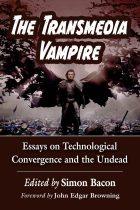
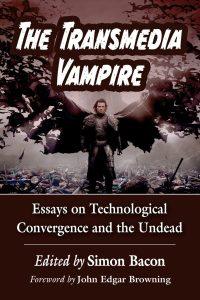

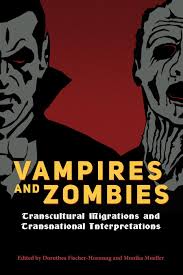 Only five out of all theatrically released Thai horror films before 2014 can be said to feature zombies at all and even then the identity of the creatures in question is not always consistent with what the international horror audiences have come to expect of a zombie icon. This begs the question as to why filmmakers in Thailand refuse to see zombie films as particularly frightening fantasies worthy of investment. It cannot be said that the local horror-film industry is diffident toward the monstrous or the uncanny, as indeed the typical horror film is almost completely dedicated to supernatural plots. Nor can it be said that the larger Thai film industry has but a small regard for the horror genre, as the Thai movie audience’s almost insatiable love of horror has convinced financial backers that horror films are a safe investment. Why, then, are Western-style zombies so rarely able to shuffle their way into the pantheon of Thai cinematic monsters?
Only five out of all theatrically released Thai horror films before 2014 can be said to feature zombies at all and even then the identity of the creatures in question is not always consistent with what the international horror audiences have come to expect of a zombie icon. This begs the question as to why filmmakers in Thailand refuse to see zombie films as particularly frightening fantasies worthy of investment. It cannot be said that the local horror-film industry is diffident toward the monstrous or the uncanny, as indeed the typical horror film is almost completely dedicated to supernatural plots. Nor can it be said that the larger Thai film industry has but a small regard for the horror genre, as the Thai movie audience’s almost insatiable love of horror has convinced financial backers that horror films are a safe investment. Why, then, are Western-style zombies so rarely able to shuffle their way into the pantheon of Thai cinematic monsters?
 This article revisits two of the most iconic Thai monstrosities, phi pop and phi krasue, whose changing representation owes equally as much to local folklore, as to their ongoing reinterpretations in popular culture texts, particularly in film and television. The paper discusses two such considerations, Paul Spurrier’s P (2005) and Yuthlert Sippapak’s Krasue Valentine (2006), films that reject the long-standing notion that animistic creatures belong in the countryside and portray phi pop and phi krasue’s adaptation to city life. Though commonplace, animistic beliefs and practices have been deemed incompatible with the dominant discourses of modernization and urbanization that characterise twenty-first century Thailand. Creatures like phi pop and phi krasue have been branded as uncivilised superstition and ridiculed through their unflattering portrayals in oddball comedies. This article argues that by inviting these monsters to relocate to contemporary Bangkok, Spurrier and Sippapak redefine their attributes for the modern urban setting and create hybrids by blending local beliefs and cinematic conventions. The creatures’ predatory character is additionally augmented by the portrayal of the city as itself vampiric. The article therefore reads these predatory spirits in parallel with the metaphor of the female vampire – a sexually aggressive voracious creature that threatens male patriarchal order and redefines motherhood.
This article revisits two of the most iconic Thai monstrosities, phi pop and phi krasue, whose changing representation owes equally as much to local folklore, as to their ongoing reinterpretations in popular culture texts, particularly in film and television. The paper discusses two such considerations, Paul Spurrier’s P (2005) and Yuthlert Sippapak’s Krasue Valentine (2006), films that reject the long-standing notion that animistic creatures belong in the countryside and portray phi pop and phi krasue’s adaptation to city life. Though commonplace, animistic beliefs and practices have been deemed incompatible with the dominant discourses of modernization and urbanization that characterise twenty-first century Thailand. Creatures like phi pop and phi krasue have been branded as uncivilised superstition and ridiculed through their unflattering portrayals in oddball comedies. This article argues that by inviting these monsters to relocate to contemporary Bangkok, Spurrier and Sippapak redefine their attributes for the modern urban setting and create hybrids by blending local beliefs and cinematic conventions. The creatures’ predatory character is additionally augmented by the portrayal of the city as itself vampiric. The article therefore reads these predatory spirits in parallel with the metaphor of the female vampire – a sexually aggressive voracious creature that threatens male patriarchal order and redefines motherhood.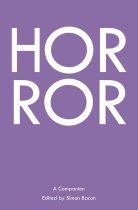
 The promotion of Asian Horror as a single marketable category arguably began at the turn of the millennium with the release of Hideo Nakata’s Ringu (1998) and Ringu 2 (1999), introduced to the world through the festival circuit. The long-haired vengeful spirit of Sadako Yamamura was hailed a ‘new’ figure of evil, critics welcomed the emergence of ‘J-horror,’ and film distributors rushed to cash in on the growing appetite for Asian ghosts and monsters. Originating in the novels of Koji Suzuki, Sadako is a character bound in a cycle of repetitions, appearing in five novels and seven movies to date in Japan (not counting manga and television series), spawning one Korean and three American remakes, and present as an instantly-recognisable pop-cultural reference in countless other productions. This brief discussion of Asian Horror will therefore focus on the novels and films of the Ring cycle and examine the evolution of Sadako as a representative ‘face’ of Asian horror.
The promotion of Asian Horror as a single marketable category arguably began at the turn of the millennium with the release of Hideo Nakata’s Ringu (1998) and Ringu 2 (1999), introduced to the world through the festival circuit. The long-haired vengeful spirit of Sadako Yamamura was hailed a ‘new’ figure of evil, critics welcomed the emergence of ‘J-horror,’ and film distributors rushed to cash in on the growing appetite for Asian ghosts and monsters. Originating in the novels of Koji Suzuki, Sadako is a character bound in a cycle of repetitions, appearing in five novels and seven movies to date in Japan (not counting manga and television series), spawning one Korean and three American remakes, and present as an instantly-recognisable pop-cultural reference in countless other productions. This brief discussion of Asian Horror will therefore focus on the novels and films of the Ring cycle and examine the evolution of Sadako as a representative ‘face’ of Asian horror.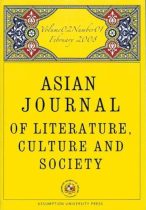
 This article focuses on the four most significant Japanese Ringu movies, mapping out contemporary Japanese horror as a culturally-fostered response to the fear of chaos in the techno-centric orderly system. The representations of chaos, whether affecting spatial and temporal reality, psyche, or social structures can be seen in virtually every contemporary Japanese horror film, while technology re-emerges as a channel for the supernatural and a site of supernatural materialisation. Sadako Yamamura, Chaos personified, may serve as a perfect example of the above.
This article focuses on the four most significant Japanese Ringu movies, mapping out contemporary Japanese horror as a culturally-fostered response to the fear of chaos in the techno-centric orderly system. The representations of chaos, whether affecting spatial and temporal reality, psyche, or social structures can be seen in virtually every contemporary Japanese horror film, while technology re-emerges as a channel for the supernatural and a site of supernatural materialisation. Sadako Yamamura, Chaos personified, may serve as a perfect example of the above.
 This article discusses the construction of phi pop as the monstrous figure of Thai folklore and proposes to read phi pop films as a classic example of Thai folk horror – a local sub-genre of horror whose main convention seems to be the representation of the insurmountable rural/urban divide. The films take different approaches to the topic, and the cinematic phi pop emerges as a figure of both comedy and horror, although in newer productions where the creature is no longer isolated in a remote village but rather follows rural migrants into the city, its portrayals are significantly more unnerving. The chapter provides a brief overview of Thai beliefs concerning the origin and characteristics of the creature and examines four films representative of most common approaches to Thai folk horror: Ban Phi Pop (Srisawat 1989), P (Spurrier 2005), Mekong Hotel (Weerasethakul 2012) and Pob (Ratanaruang 2018).
This article discusses the construction of phi pop as the monstrous figure of Thai folklore and proposes to read phi pop films as a classic example of Thai folk horror – a local sub-genre of horror whose main convention seems to be the representation of the insurmountable rural/urban divide. The films take different approaches to the topic, and the cinematic phi pop emerges as a figure of both comedy and horror, although in newer productions where the creature is no longer isolated in a remote village but rather follows rural migrants into the city, its portrayals are significantly more unnerving. The chapter provides a brief overview of Thai beliefs concerning the origin and characteristics of the creature and examines four films representative of most common approaches to Thai folk horror: Ban Phi Pop (Srisawat 1989), P (Spurrier 2005), Mekong Hotel (Weerasethakul 2012) and Pob (Ratanaruang 2018).
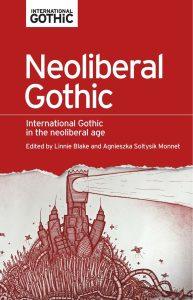 The article analyses the representation of organ harvesting and trade/trafficking in eight post-2000 Asian films. It discusses the films’ consistent portrayal of transplantation as dependant on criminal networks and activities, and their critique of neoliberal medicine as responsible for deepening the economic divisions within Asian societies. The article argues that regional organ trade operates in accordance with the same principles as the global one, allowing for an identification of donor and recipient zones specific to Asia and directing the local organ flows towards the economically privileged Asian countries, such as Japan, Taiwan or South Korea, three countries identified as major beneficiaries in the films. Last but not least, the essay offers a reading of the potentially gothic figures of vengeance appearing in the films (ghosts, resurrected neo-humans, victims-turned-abusers) in terms of a narrative strategy of resistance devised to empower the oppressed.
The article analyses the representation of organ harvesting and trade/trafficking in eight post-2000 Asian films. It discusses the films’ consistent portrayal of transplantation as dependant on criminal networks and activities, and their critique of neoliberal medicine as responsible for deepening the economic divisions within Asian societies. The article argues that regional organ trade operates in accordance with the same principles as the global one, allowing for an identification of donor and recipient zones specific to Asia and directing the local organ flows towards the economically privileged Asian countries, such as Japan, Taiwan or South Korea, three countries identified as major beneficiaries in the films. Last but not least, the essay offers a reading of the potentially gothic figures of vengeance appearing in the films (ghosts, resurrected neo-humans, victims-turned-abusers) in terms of a narrative strategy of resistance devised to empower the oppressed.